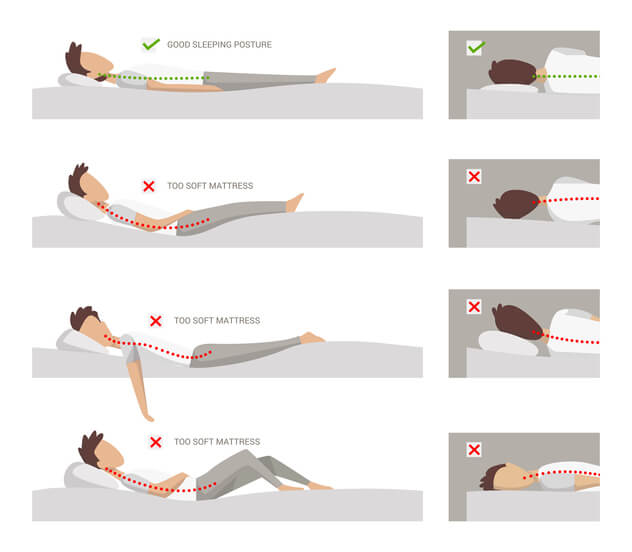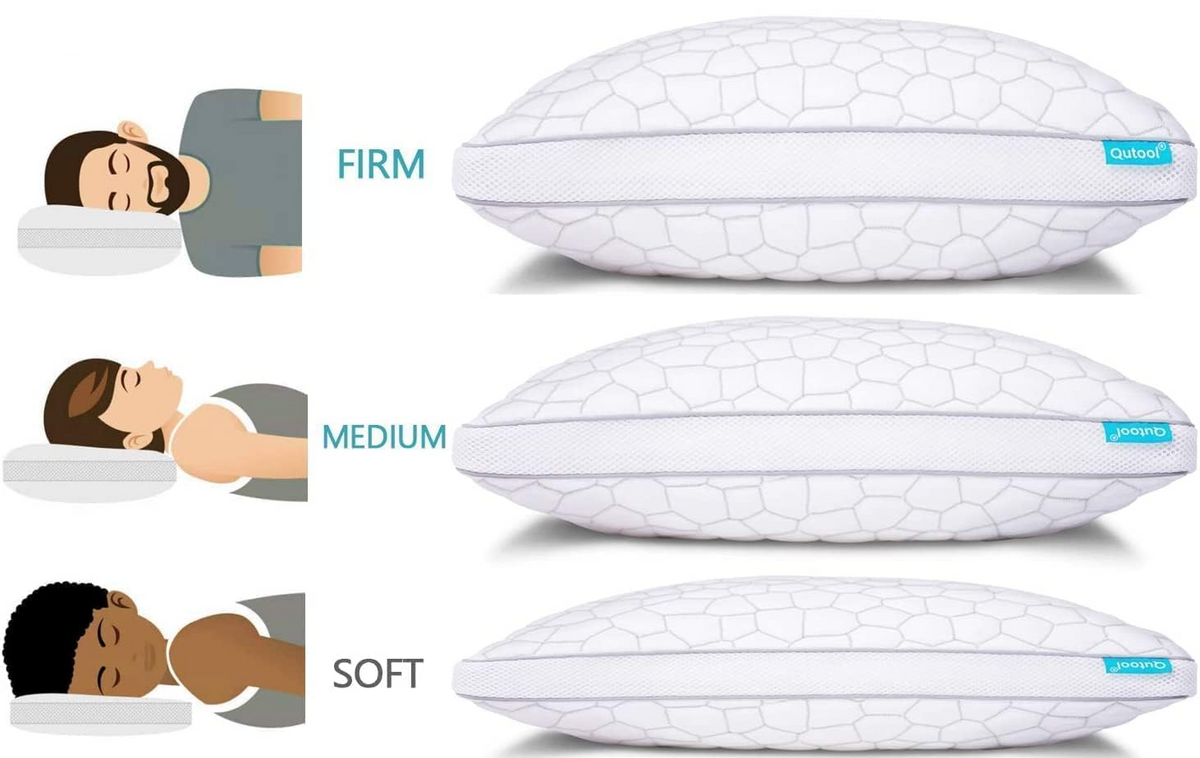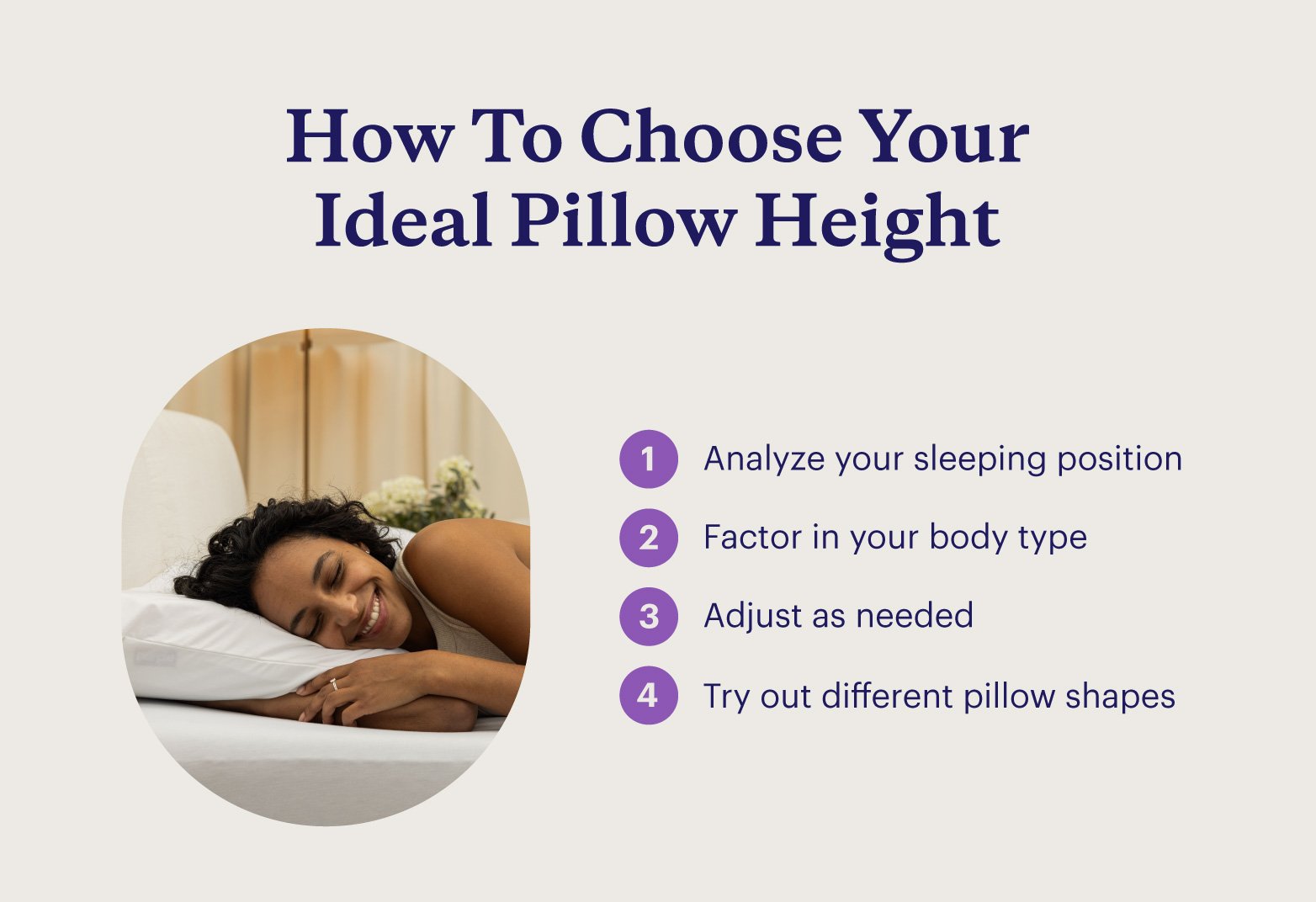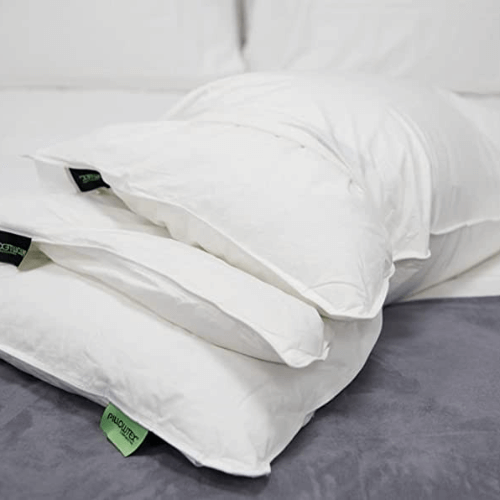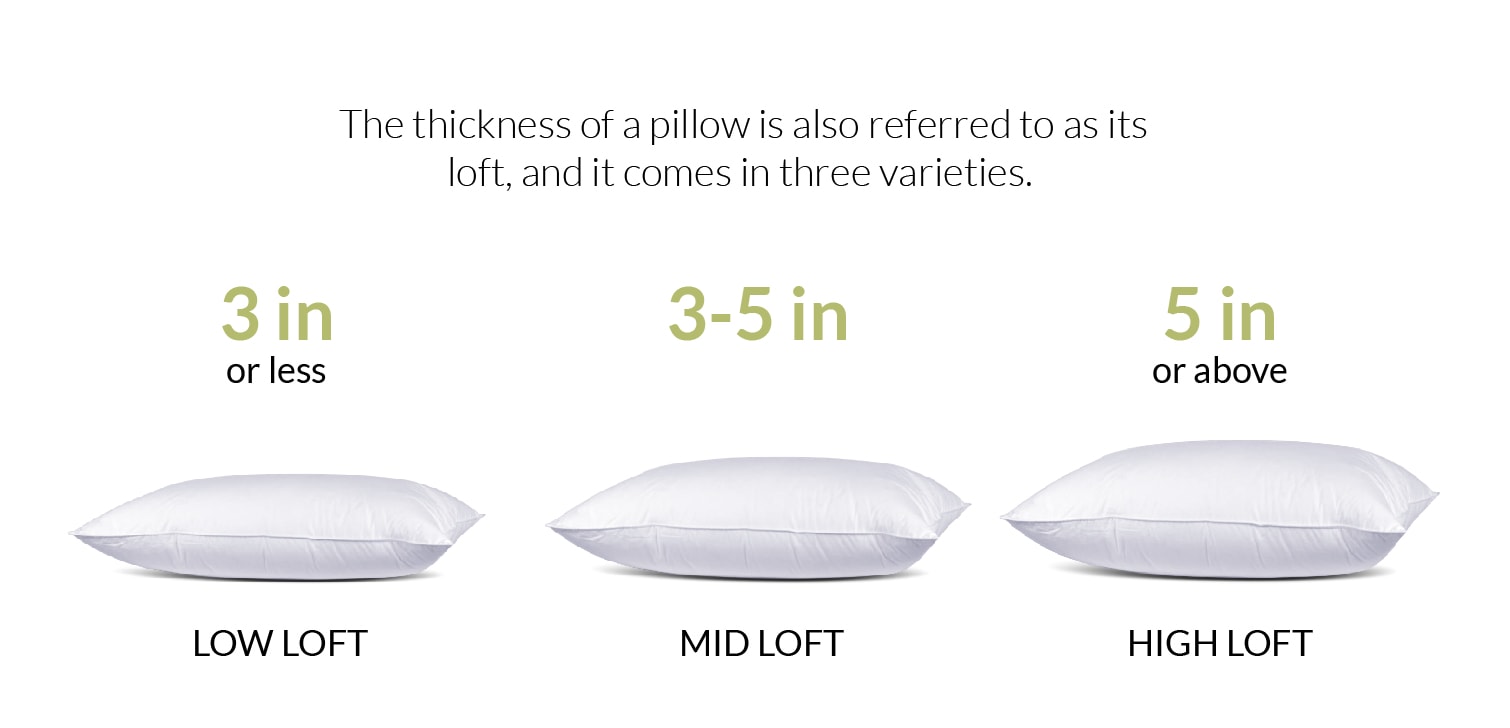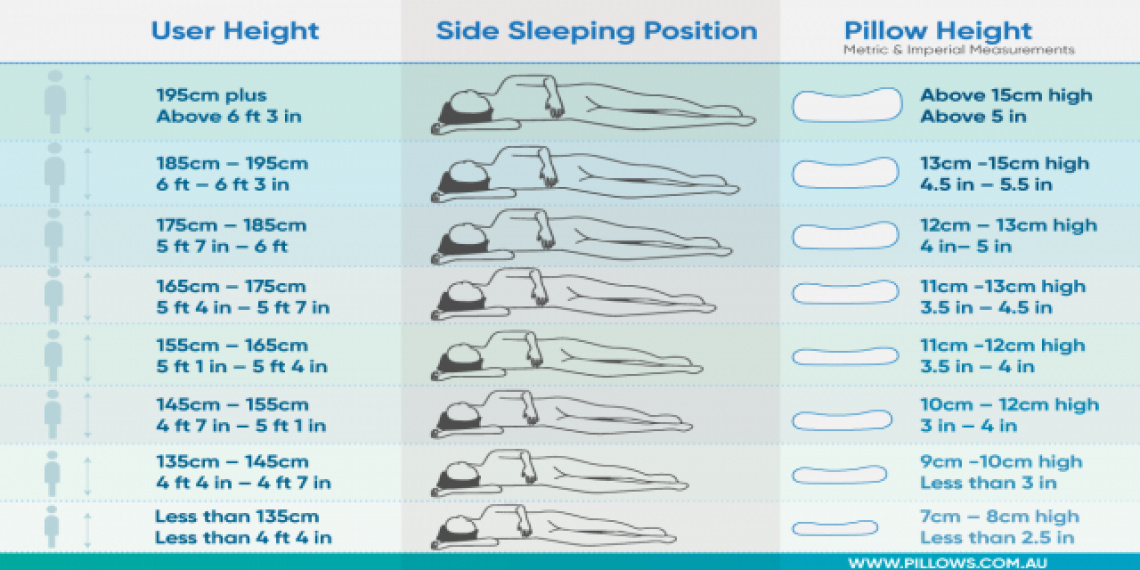How High Should Your Pillow Be

A seemingly simple decision – choosing a pillow – can be the difference between waking refreshed and battling neck pain, headaches, and even disrupted sleep. But amidst the myriad of options available, one question consistently plagues sleepers: How high should my pillow be?
The answer, frustratingly, isn't a one-size-fits-all solution. This article delves into the complexities of pillow height, exploring how sleeping position, body type, and individual preferences all contribute to finding the perfect loft for optimal spinal alignment and restorative rest.
Understanding Pillow Loft and its Importance
Pillow loft, simply put, refers to the height or thickness of a pillow when it's lying flat. It plays a crucial role in maintaining proper spinal alignment during sleep, particularly in the neck and upper back. Proper alignment reduces strain on muscles and ligaments, promoting relaxation and preventing pain.
An incorrectly sized pillow, whether too high or too low, can force the neck into unnatural positions. This can lead to muscle stiffness, headaches, pinched nerves, and even exacerbate existing spinal conditions, according to the American Chiropractic Association.
The Sleeping Position Factor
Sleeping position is perhaps the most significant factor in determining optimal pillow height. Each position requires a different level of support to maintain neutral spinal alignment.
Side Sleepers: The Need for Maximum Loft
Side sleepers generally require the highest pillow loft. The goal is to fill the space between the shoulder and the head, keeping the neck aligned with the spine. A pillow that's too thin won't provide enough support, causing the head to tilt downward and strain the neck muscles.
According to the National Sleep Foundation, side sleepers often benefit from a firmer pillow with a loft of 4-6 inches. This can vary depending on the width of the shoulders, so it's essential to consider individual body type.
Back Sleepers: Finding the Middle Ground
Back sleepers need a pillow that supports the natural curvature of the neck without pushing the head too far forward. A medium loft, typically around 3-5 inches, is often recommended. Look for pillows with a contoured design to cradle the neck and provide targeted support.
The Spine-health website suggests that back sleepers should consider pillows with a thinner section in the center to allow the head to gently rest, while a slightly higher section supports the neck.
Stomach Sleepers: Minimal Support is Key
Stomach sleeping is generally discouraged by medical professionals due to the strain it places on the neck and back. However, if it's your preferred position, use the thinnest pillow possible, or even no pillow at all. A thick pillow will force the neck into an unnatural, hyperextended position.
If using a pillow, opt for a soft, low-loft option, such as a down or feather pillow, that allows the head to rest almost flat on the mattress. Placing a thin pillow under the stomach or hips can also help to minimize lower back strain, according to the Cleveland Clinic.
Body Type and Individual Preferences
Beyond sleeping position, body type plays a crucial role. Individuals with broader shoulders, for instance, will likely need a higher pillow loft than those with narrower shoulders, regardless of sleeping position. The same principle applies to body weight; heavier individuals may compress the pillow more, requiring a firmer, higher-loft option.
Ultimately, personal preference is paramount. Some individuals prefer a softer, more plush pillow, while others prefer a firmer, more supportive one. Experimenting with different fills and lofts is often necessary to find the perfect fit. Consider trying pillows out in a store before purchasing, if possible.
Pillow Fill and Materials
The fill material of a pillow also contributes to its loft and overall support. Down pillows are known for their softness and moldability, making them suitable for stomach and some back sleepers. Memory foam pillows conform to the shape of the head and neck, providing excellent support for side and back sleepers. Latex pillows offer a similar conforming feel but are often more breathable and durable.
Polyester pillows are a more affordable option but tend to flatten out over time. Consider investing in a pillow protector to extend the lifespan of your pillow and maintain its loft. Replace your pillow every 1-2 years, or sooner if it becomes flattened or lumpy.
Signs of an Improper Pillow
Pay attention to your body's signals. Waking up with neck pain, stiffness, headaches, or numbness in the arms or hands can indicate that your pillow isn't providing adequate support. Tossing and turning frequently during the night can also be a sign that you're uncomfortable and need to adjust your pillow.
Conversely, waking up feeling rested and pain-free suggests that your pillow is doing its job. Don't be afraid to experiment with different pillows until you find one that provides optimal comfort and support.
The Future of Pillow Technology
The future of pillows is likely to involve more personalized and technologically advanced options. Smart pillows that track sleep data and automatically adjust loft based on sleeping position are already emerging. Advances in materials science are also leading to the development of pillows with improved breathability, temperature regulation, and hypoallergenic properties.
While technology can play a role, the fundamental principles of proper spinal alignment will remain essential. Understanding your own sleeping position, body type, and preferences will always be the key to finding the perfect pillow for a good night's sleep. Seek professional advice from a chiropractor or physical therapist if you experience persistent neck pain or sleep problems. Investing in a good pillow is an investment in your overall health and well-being.

